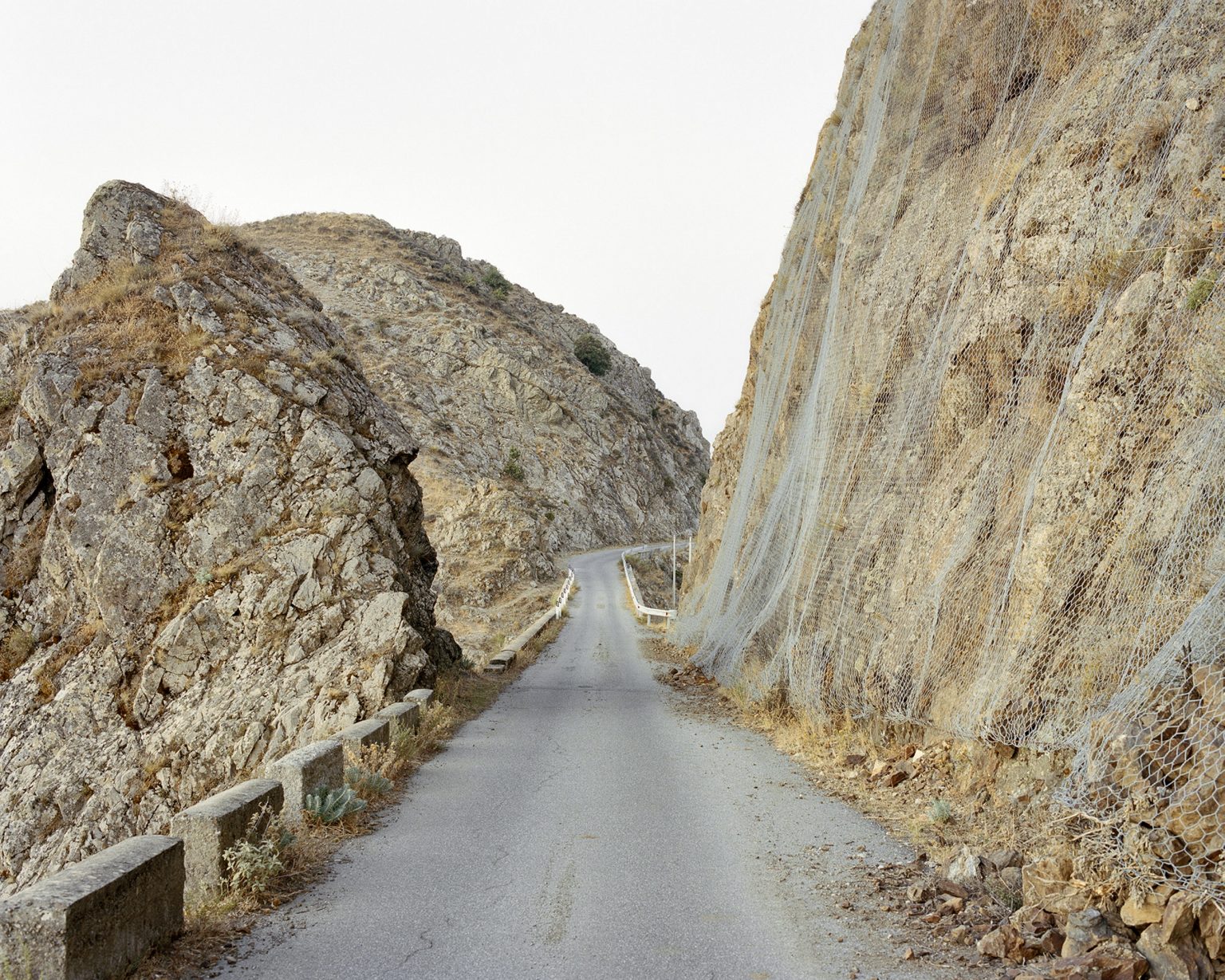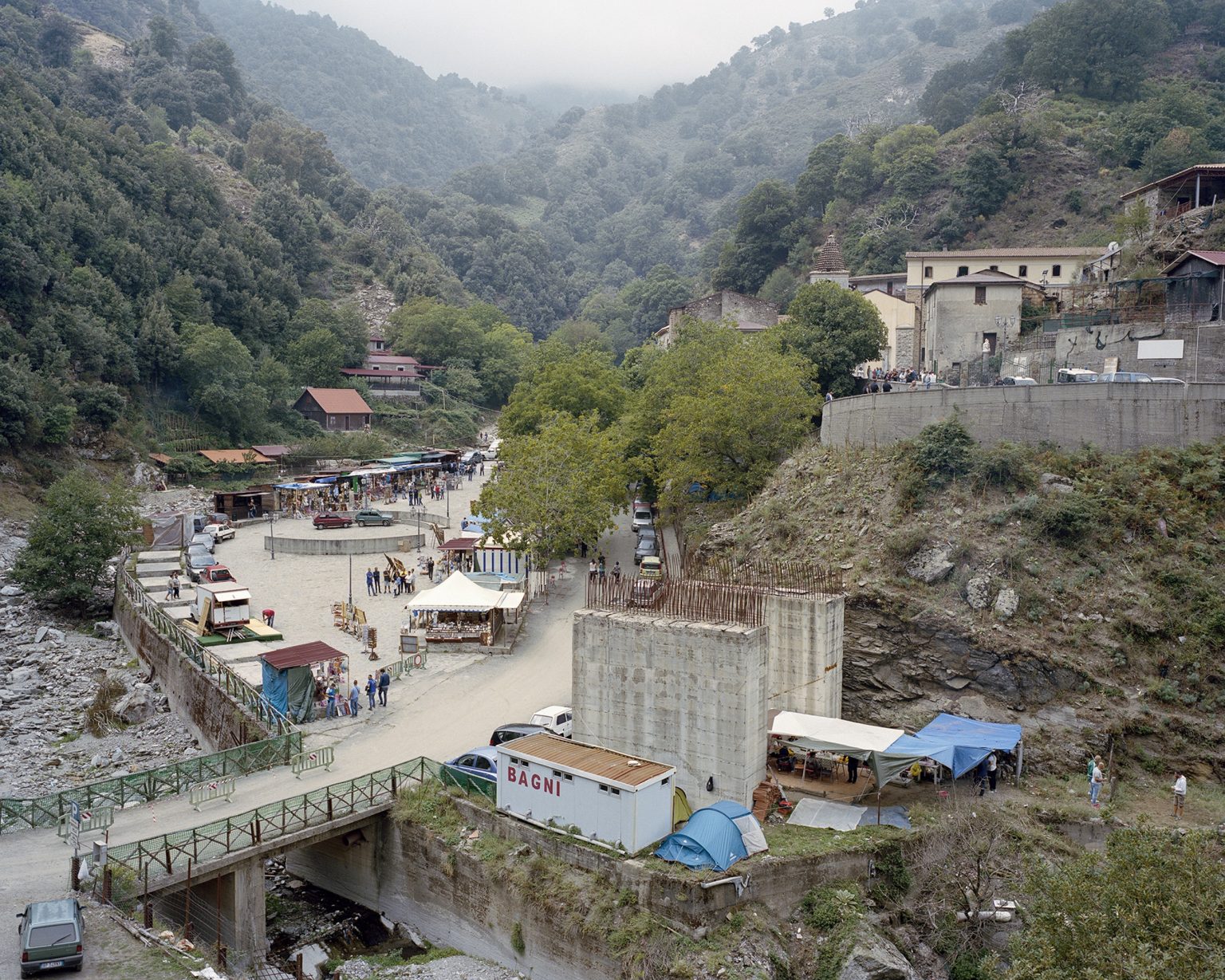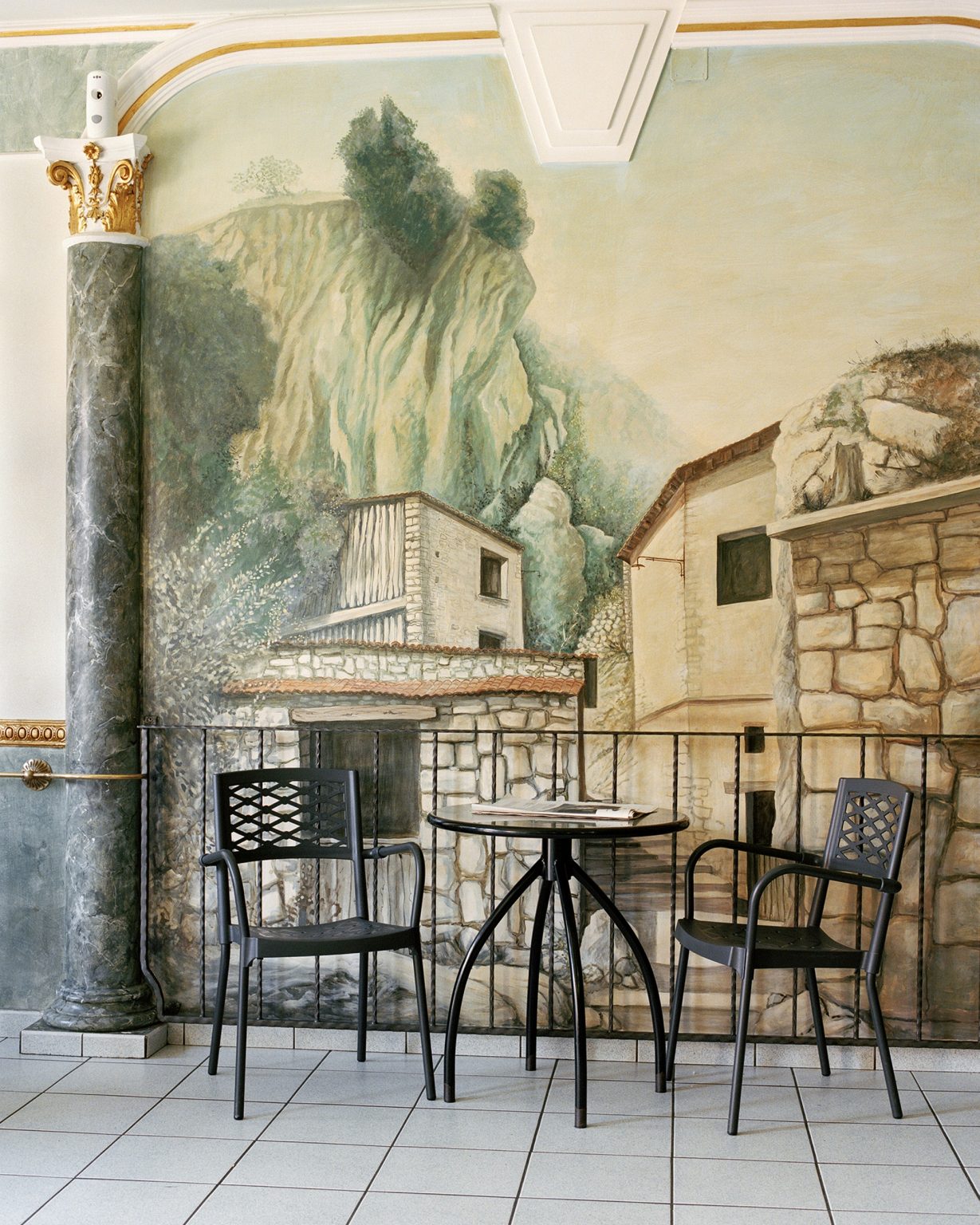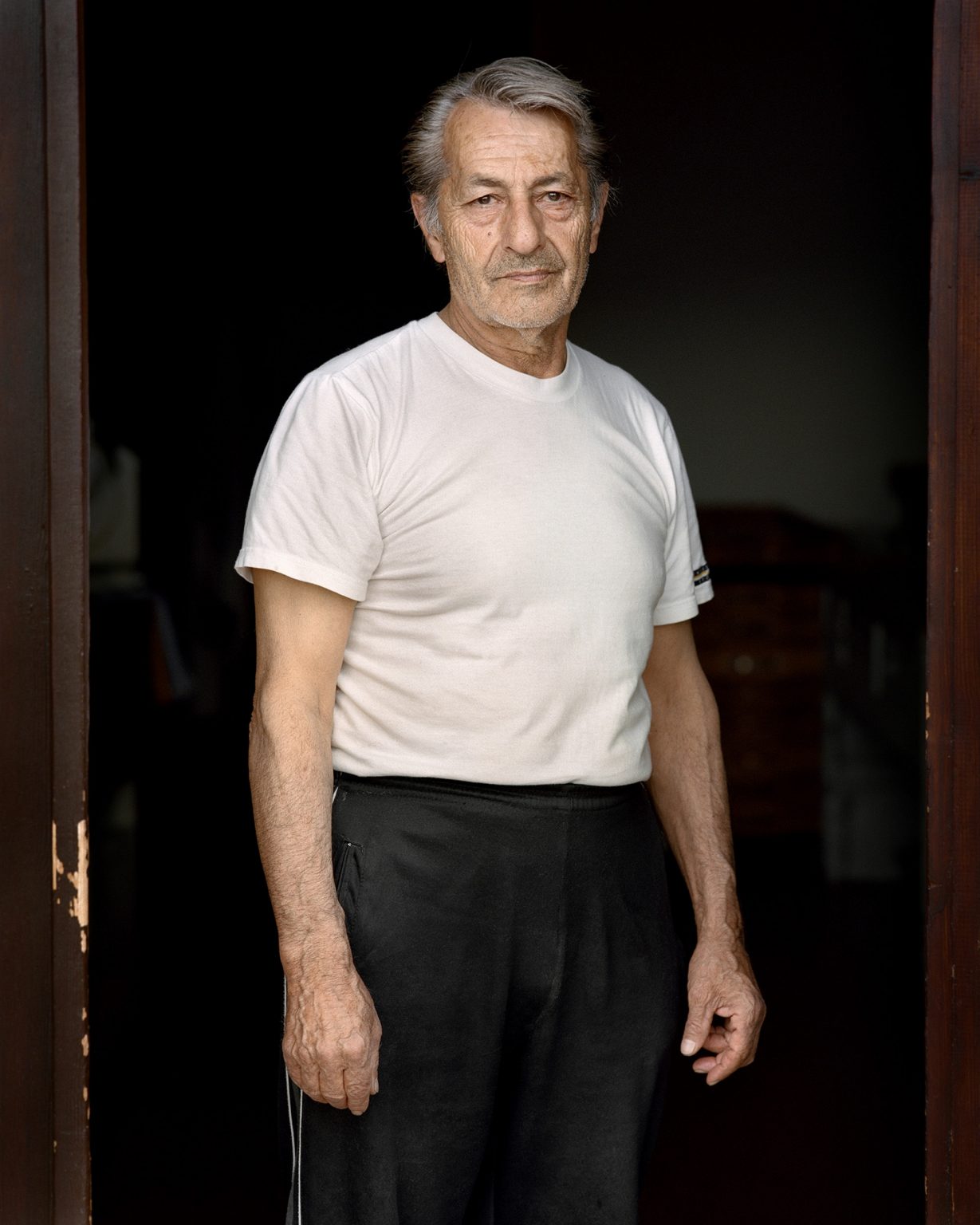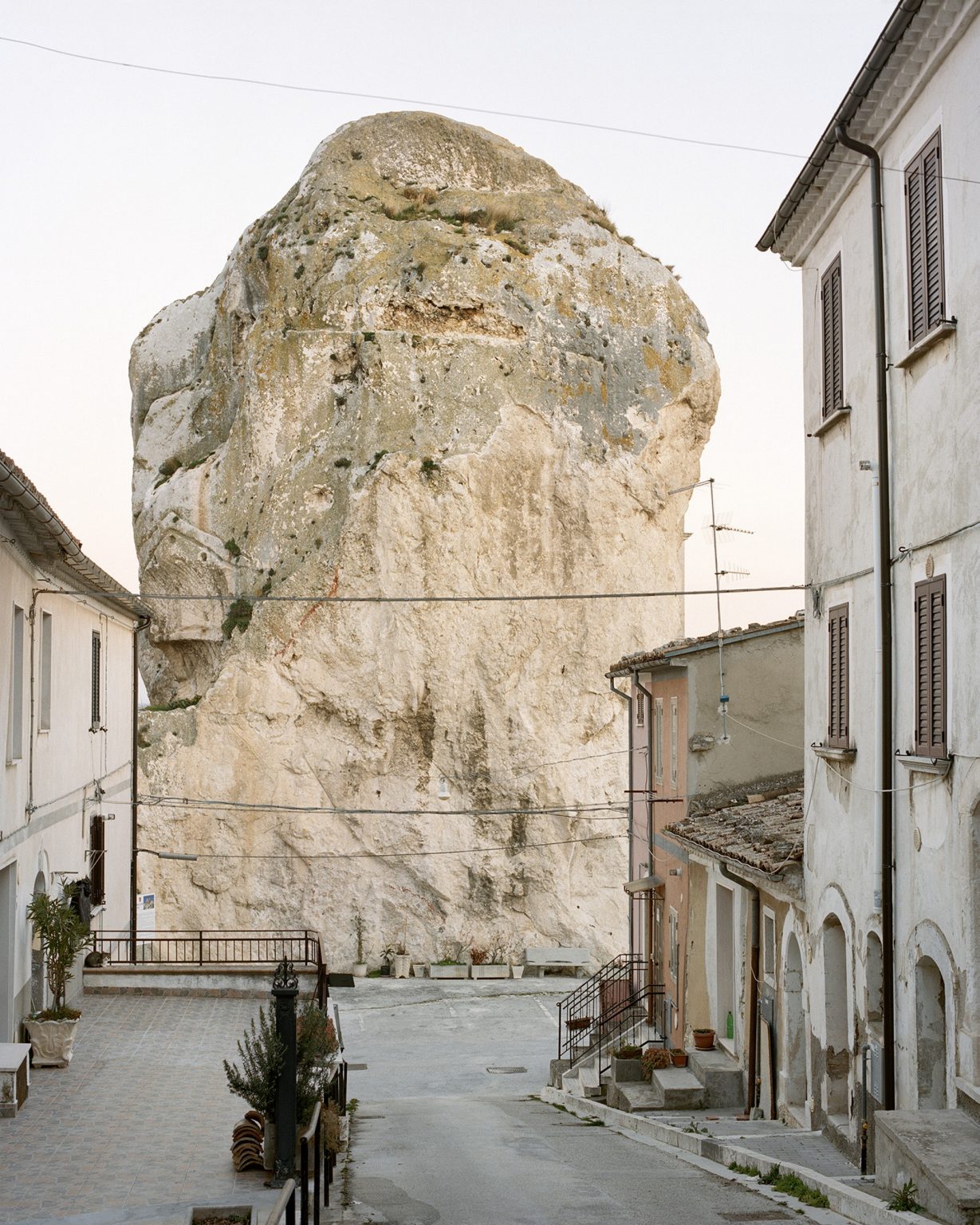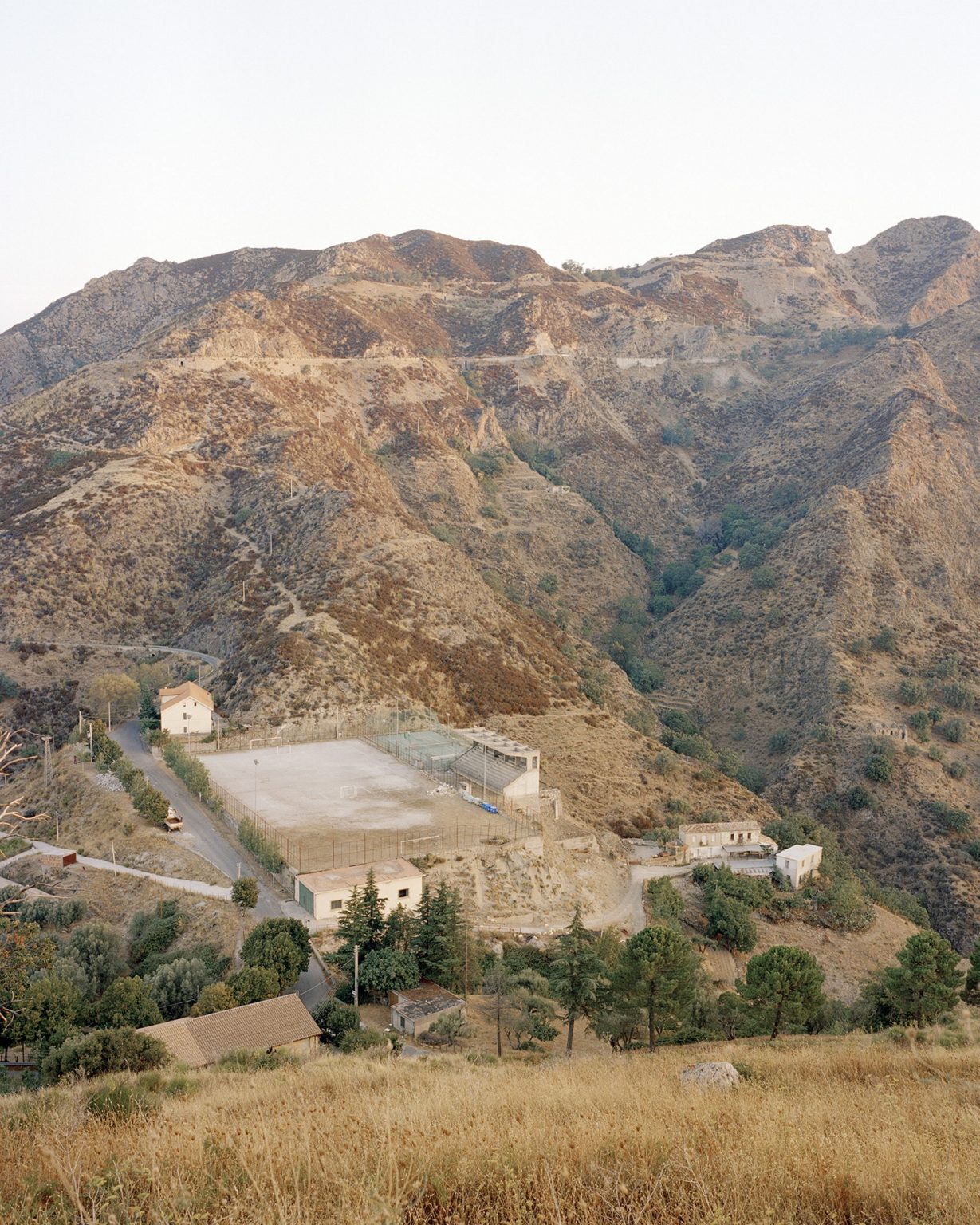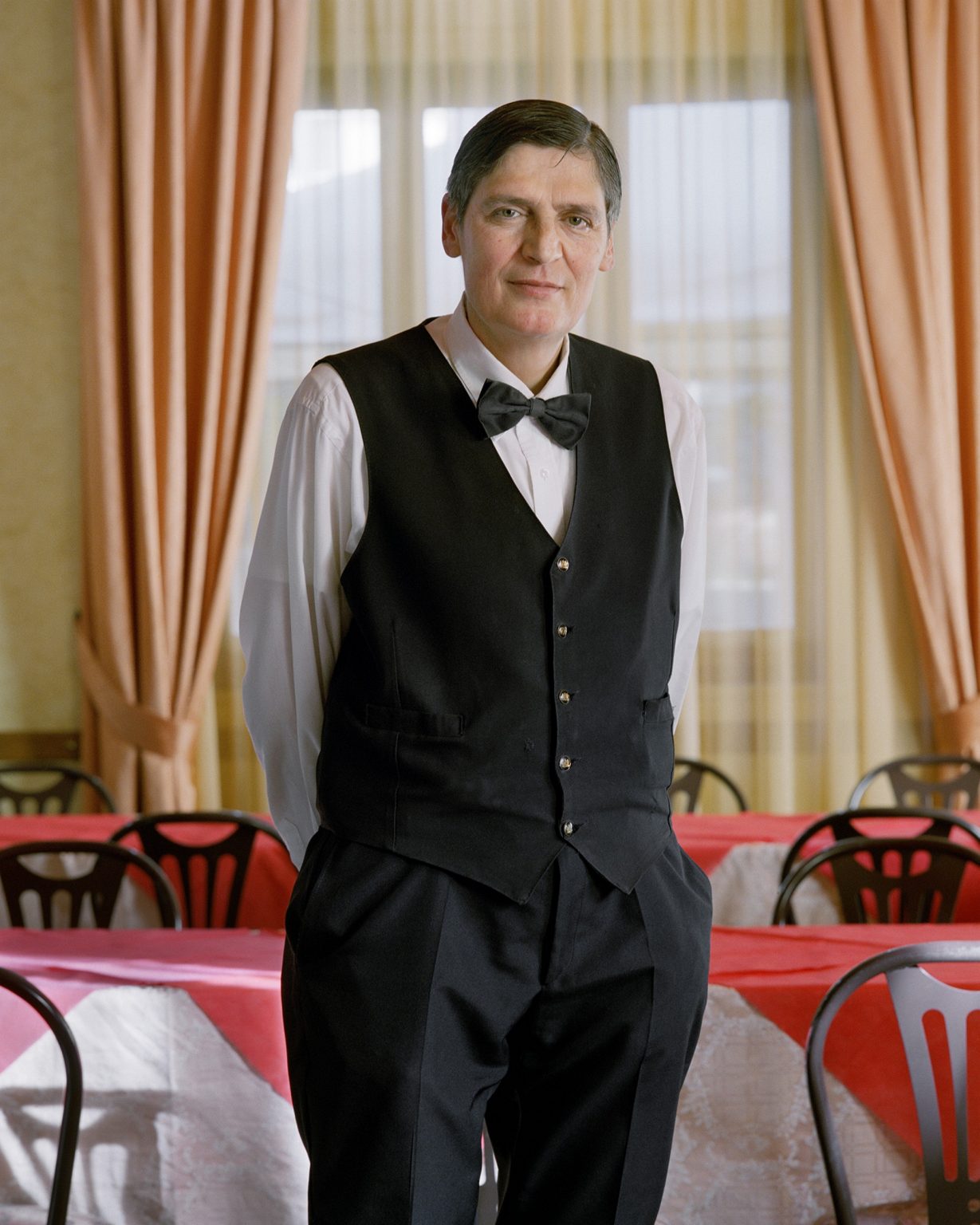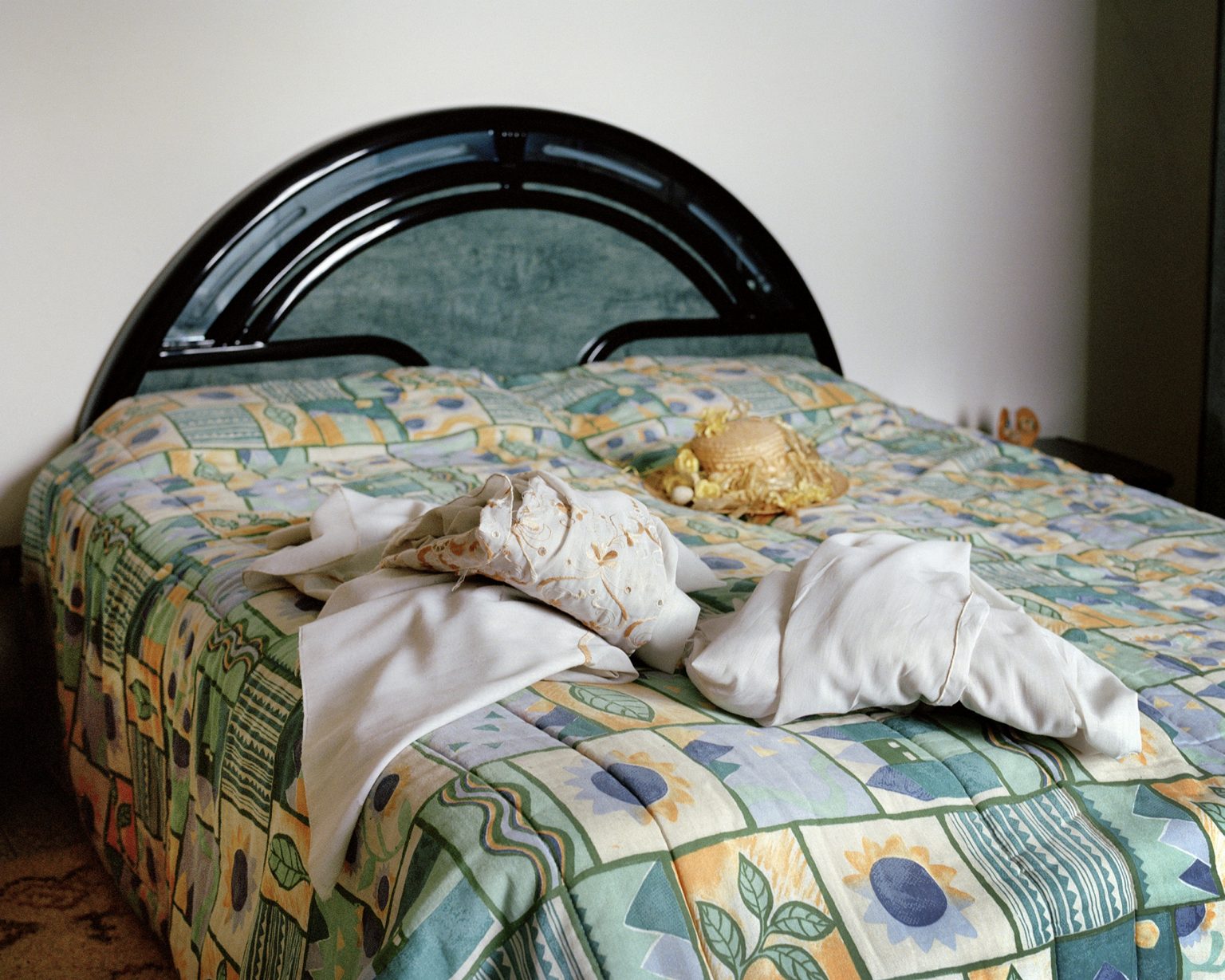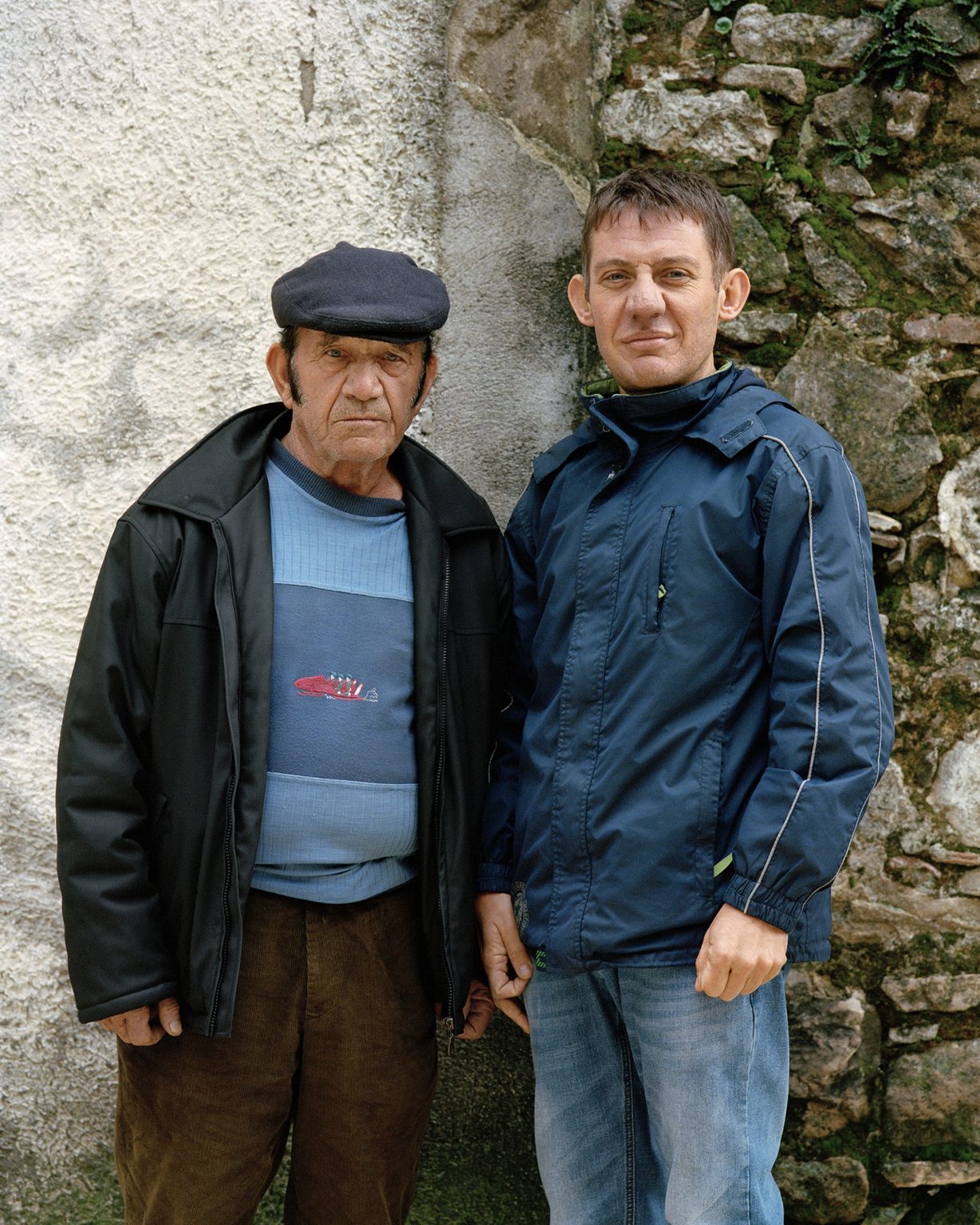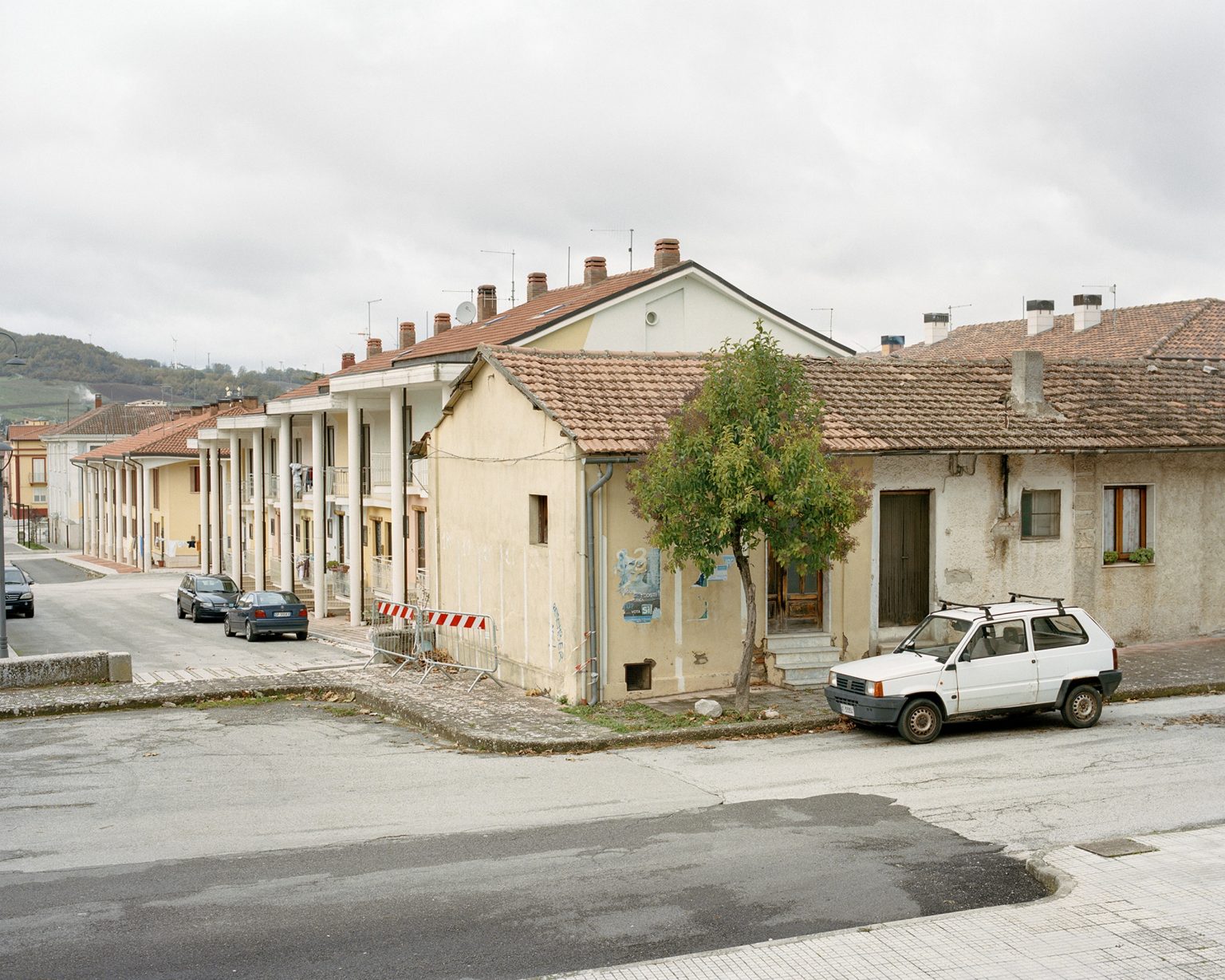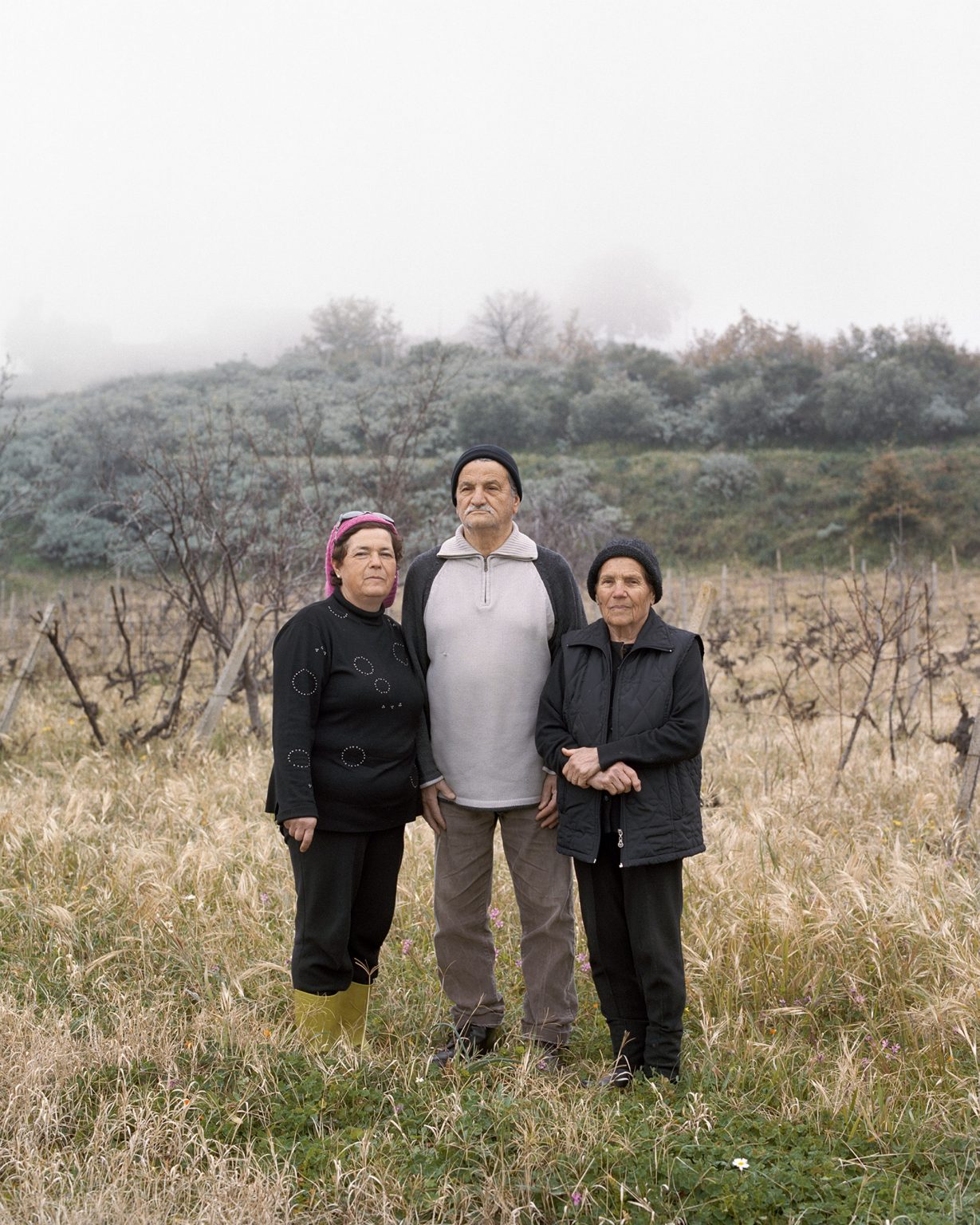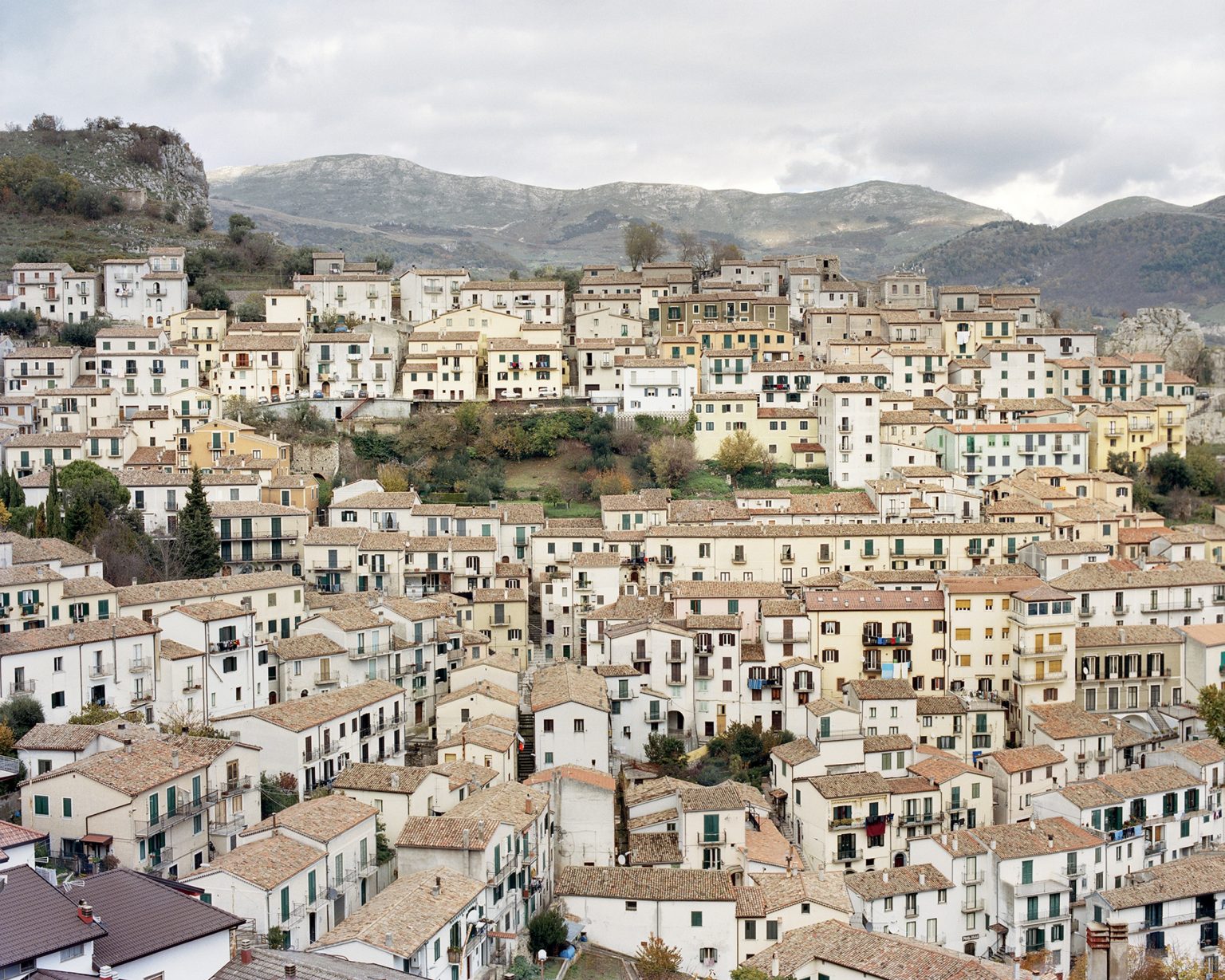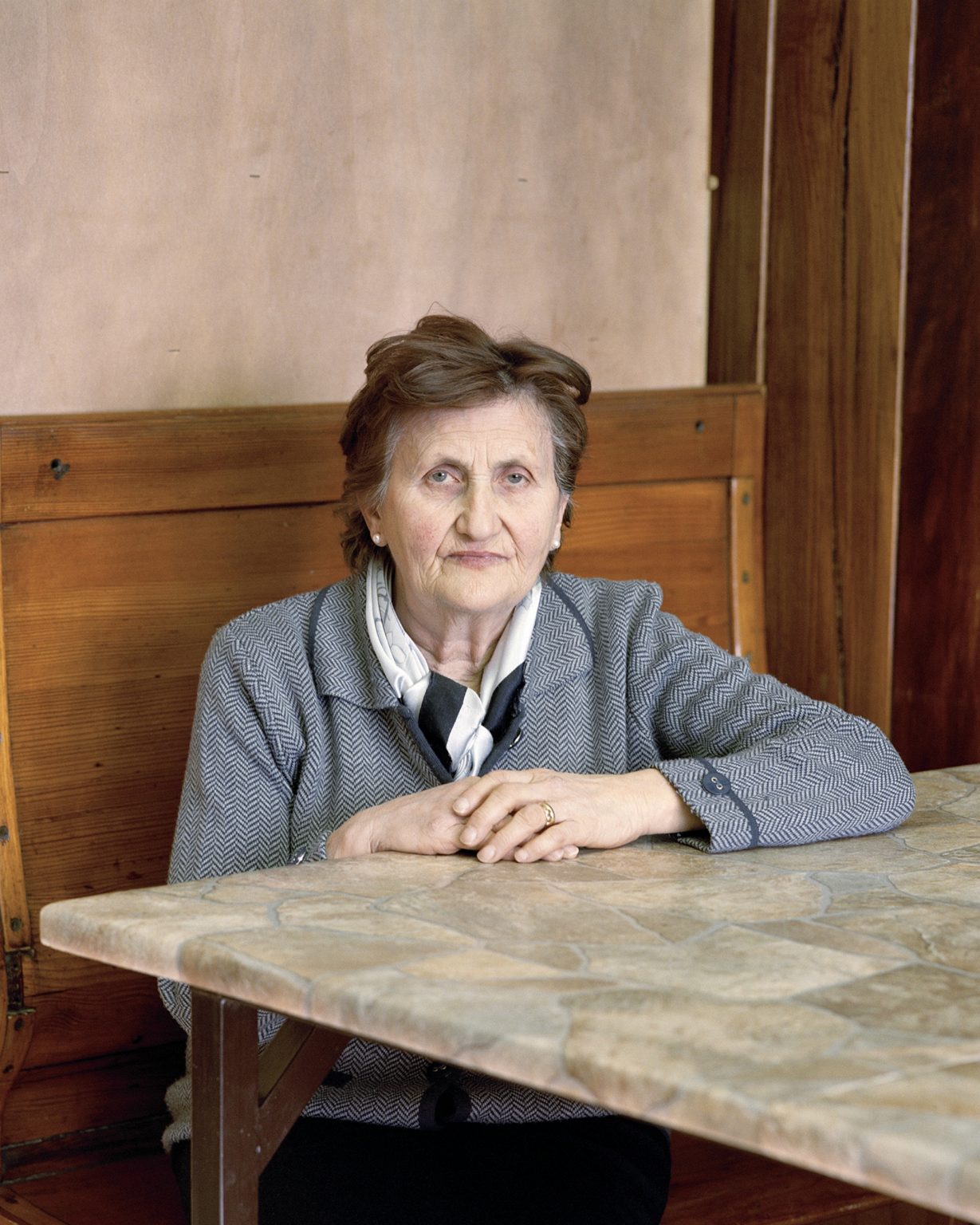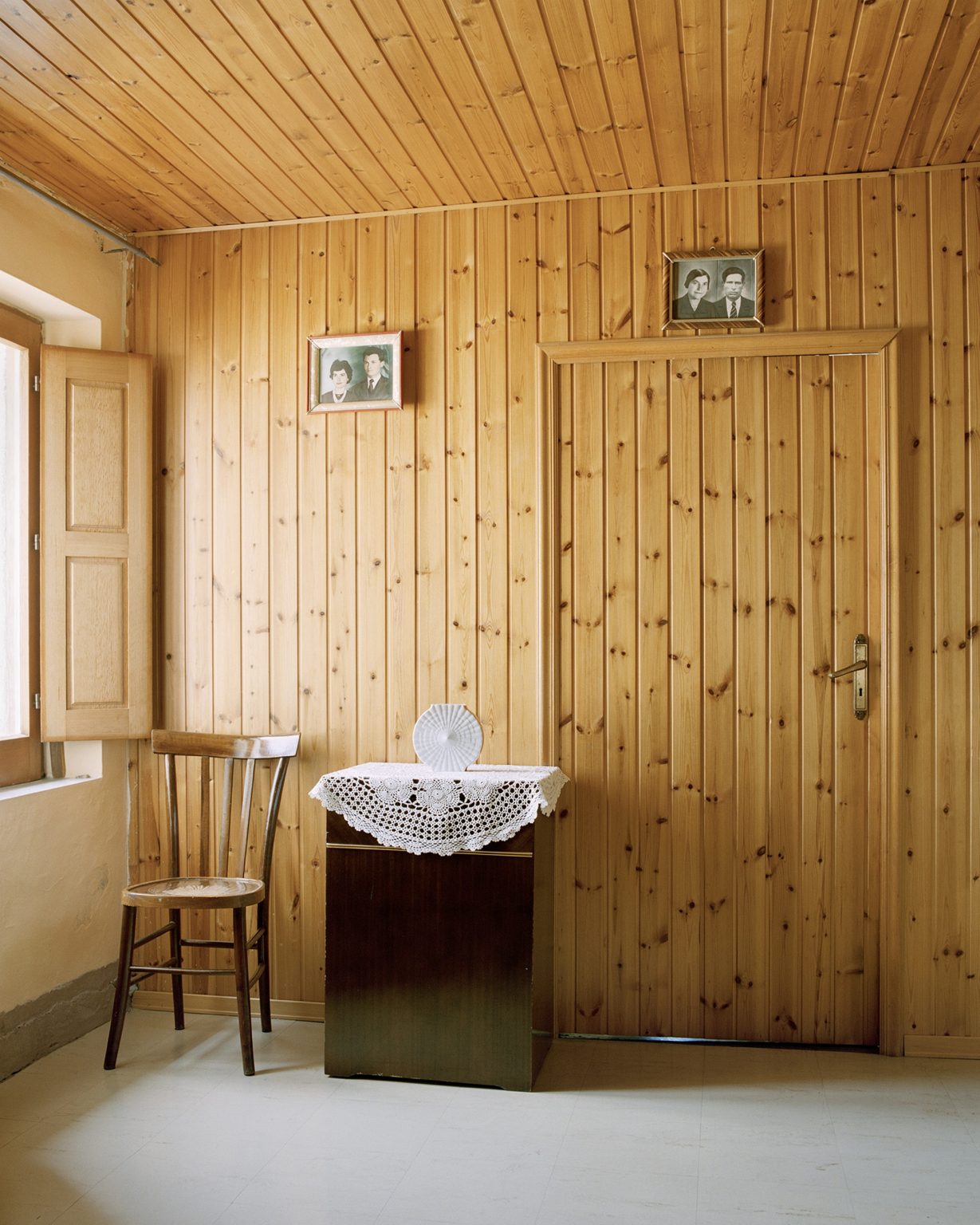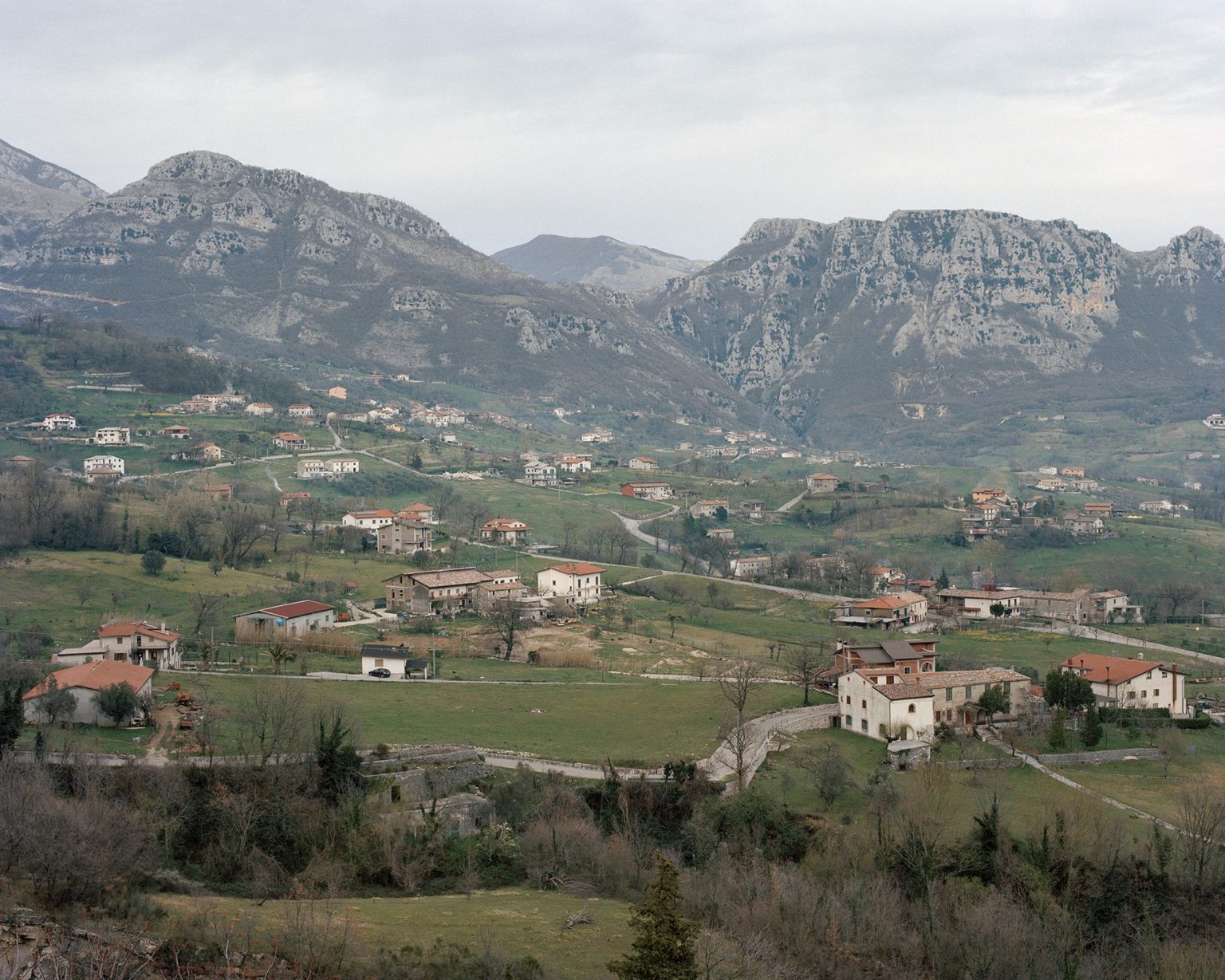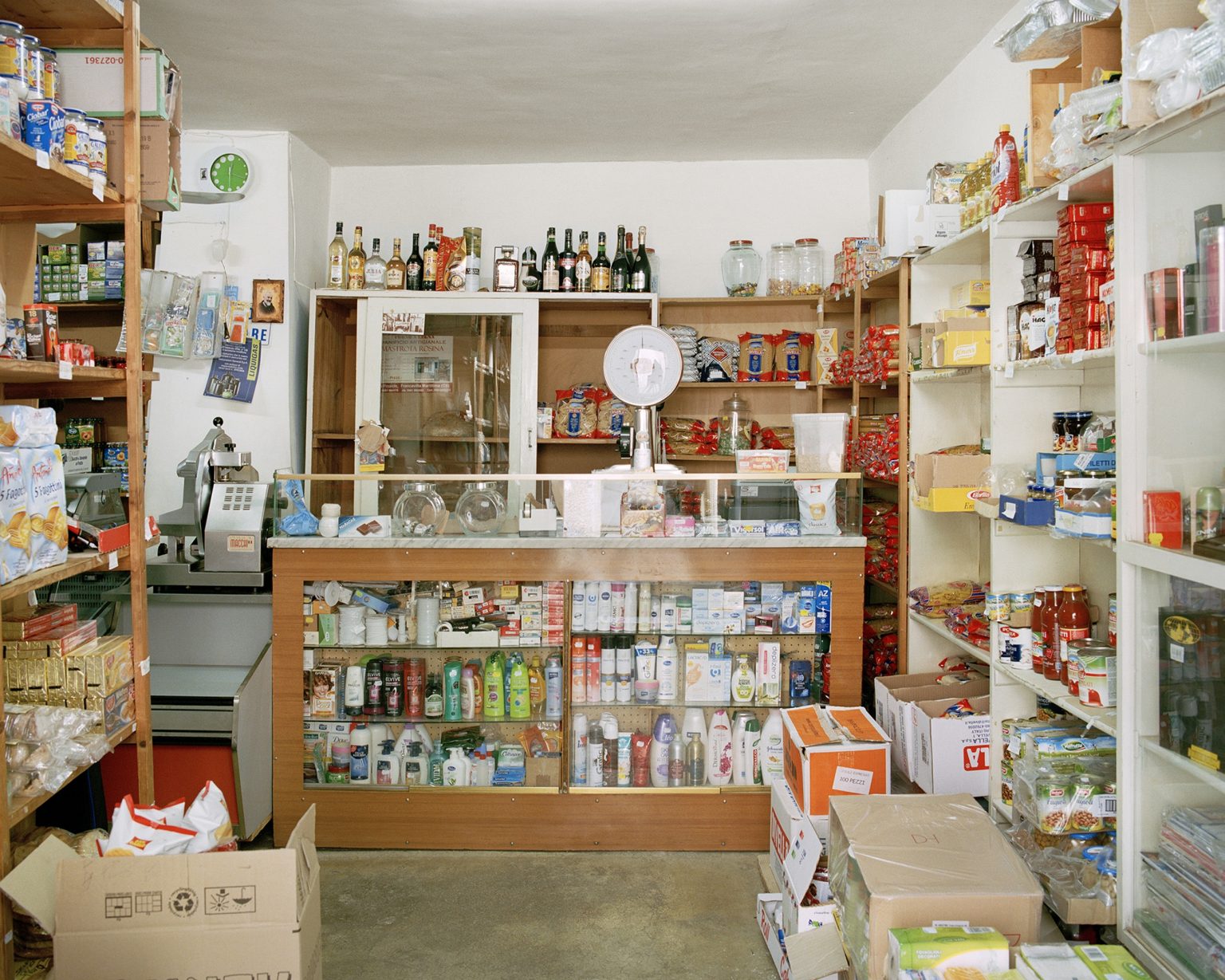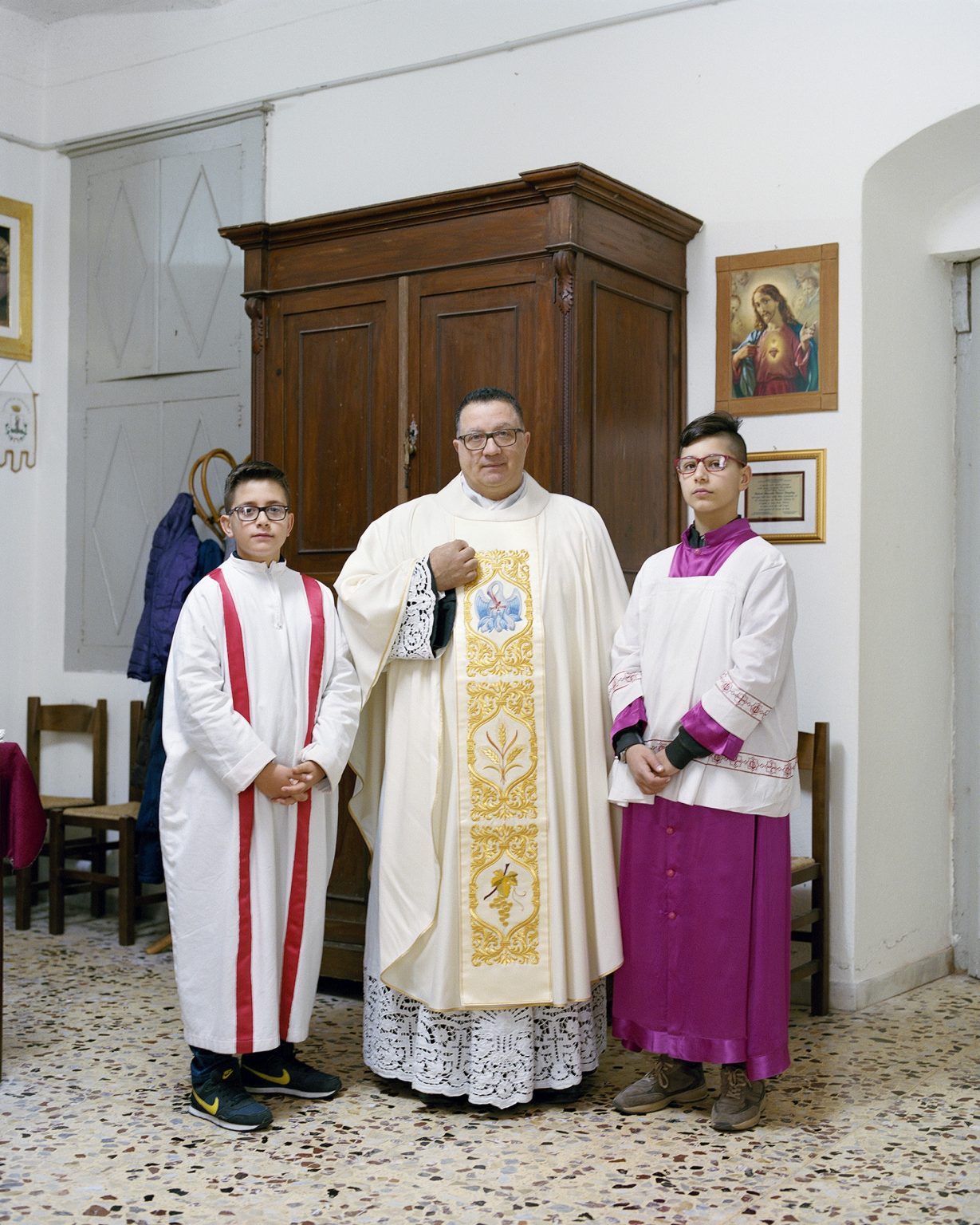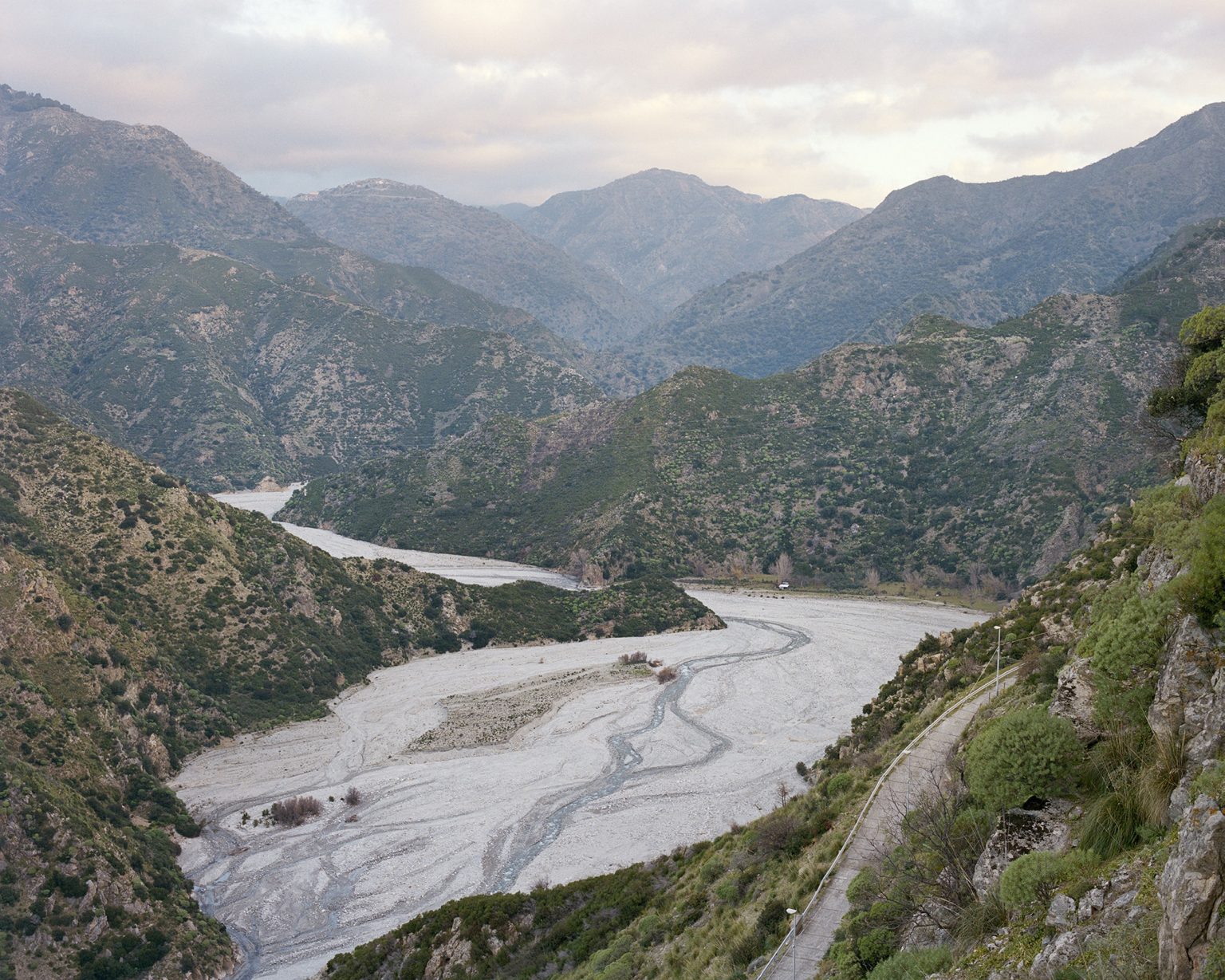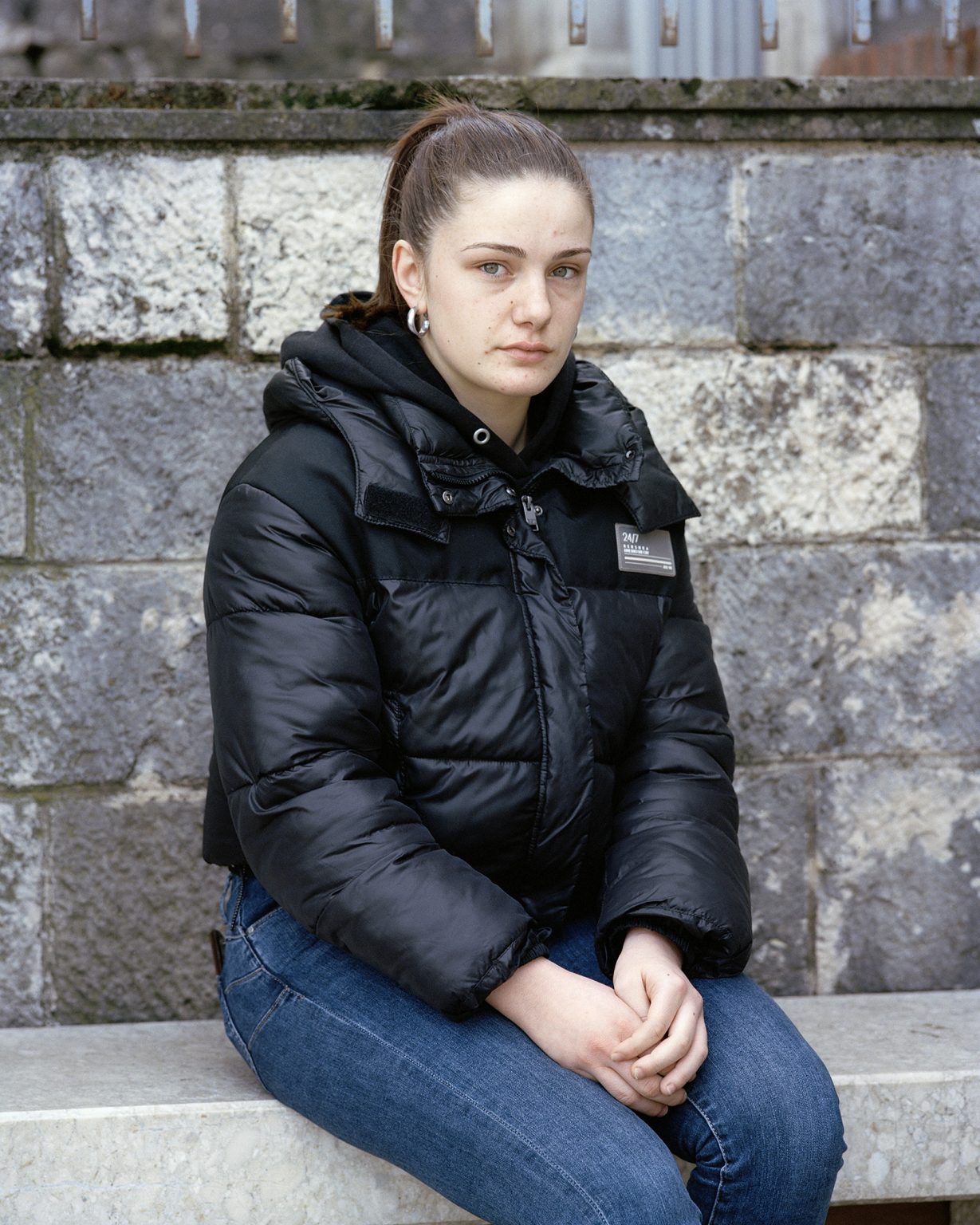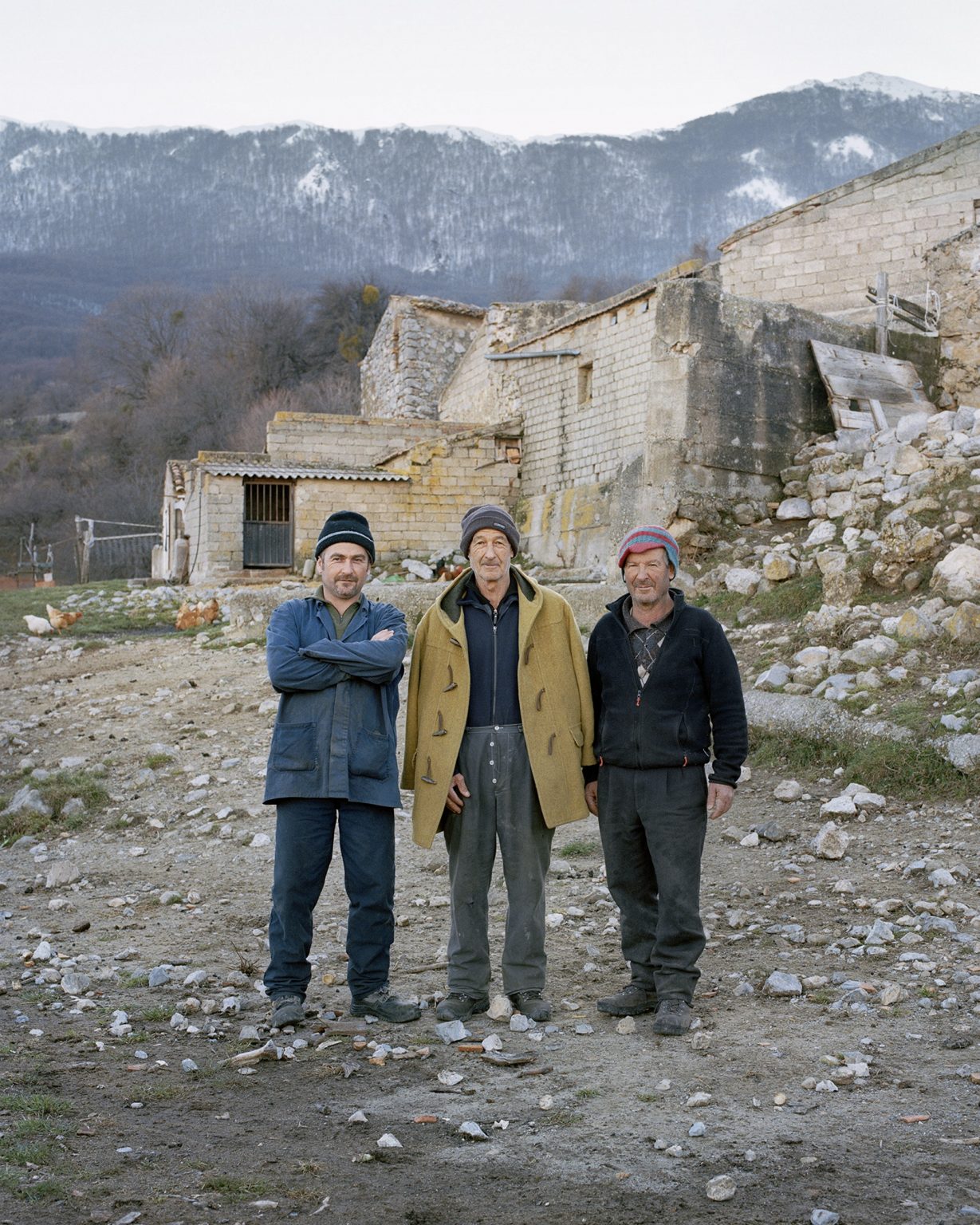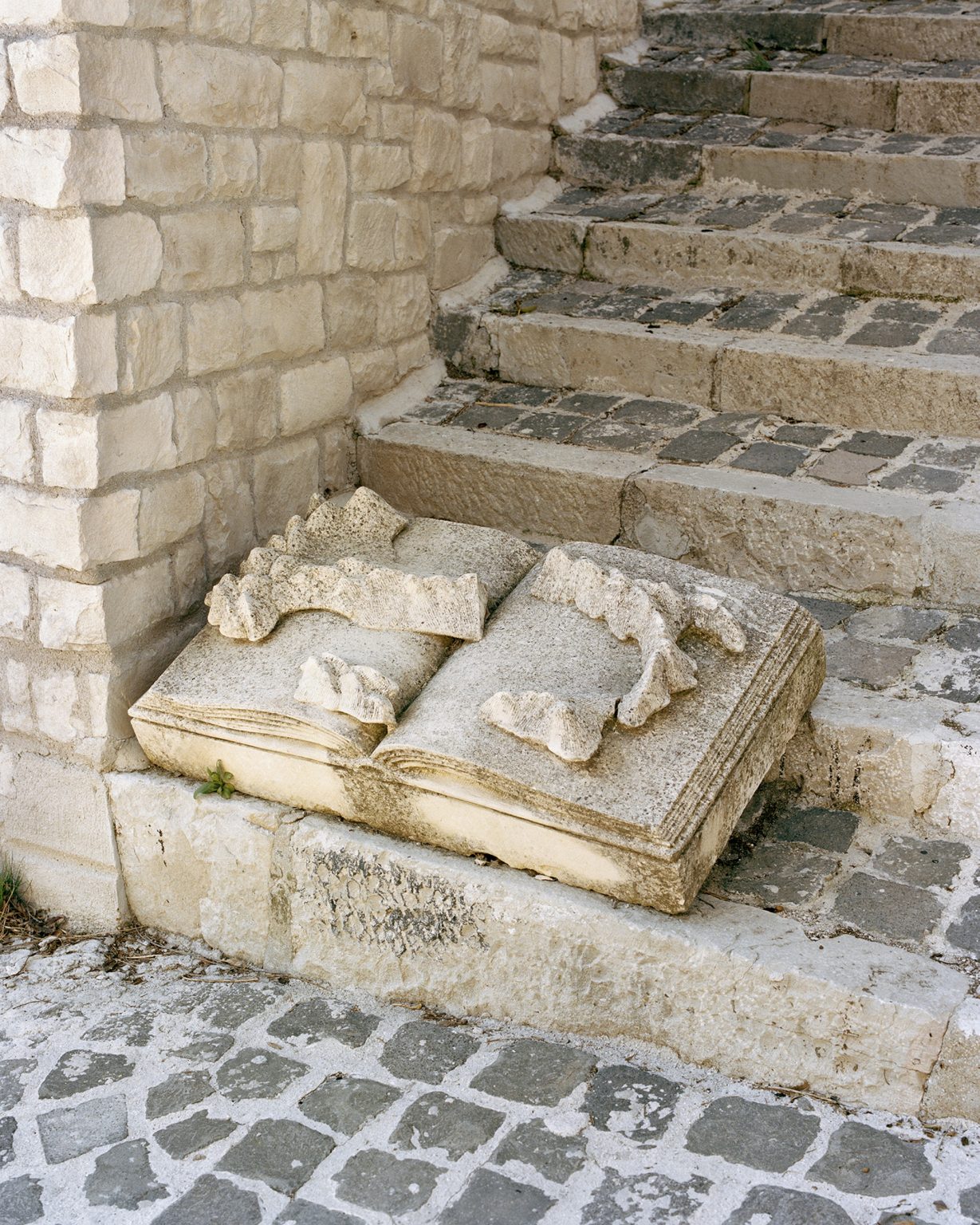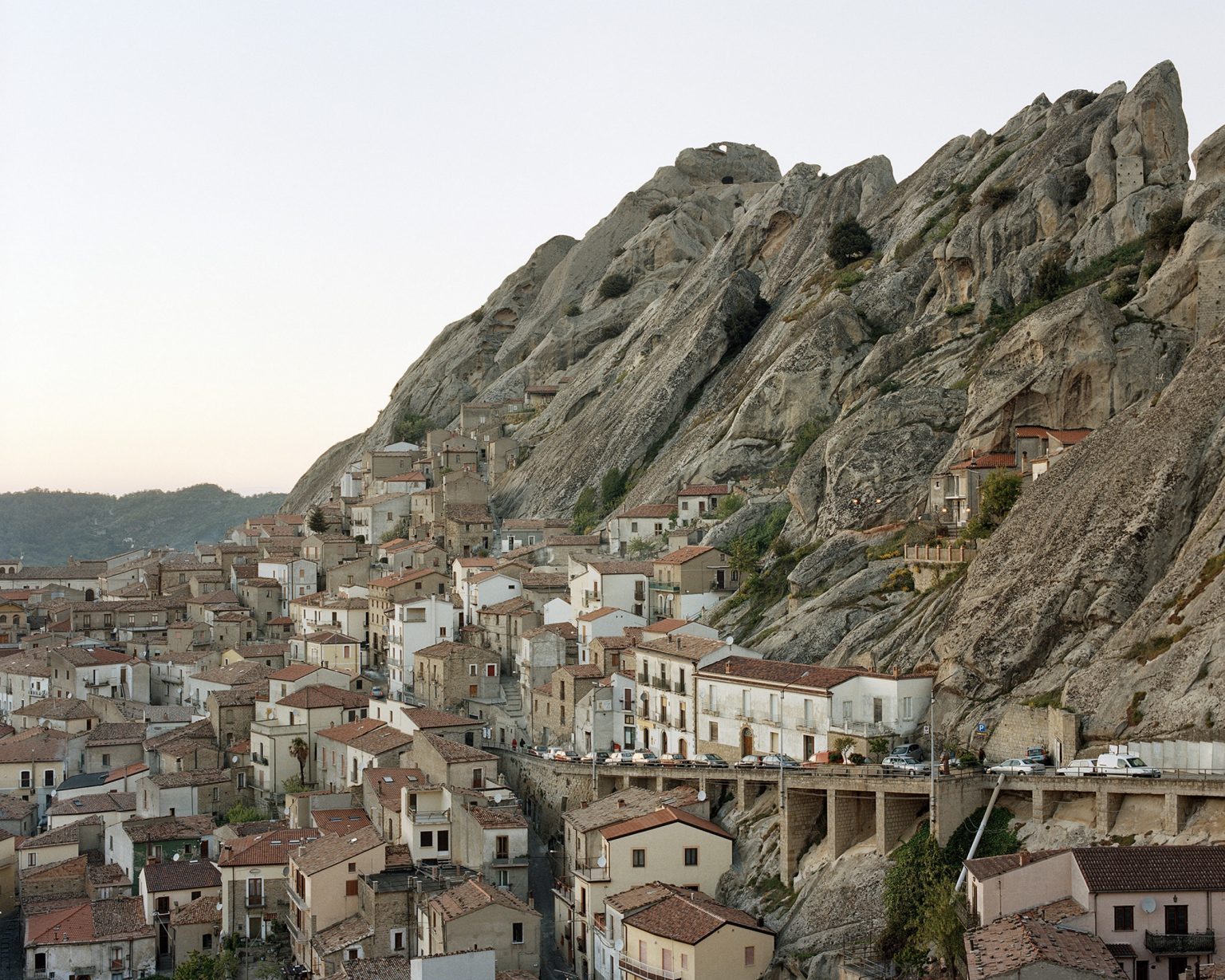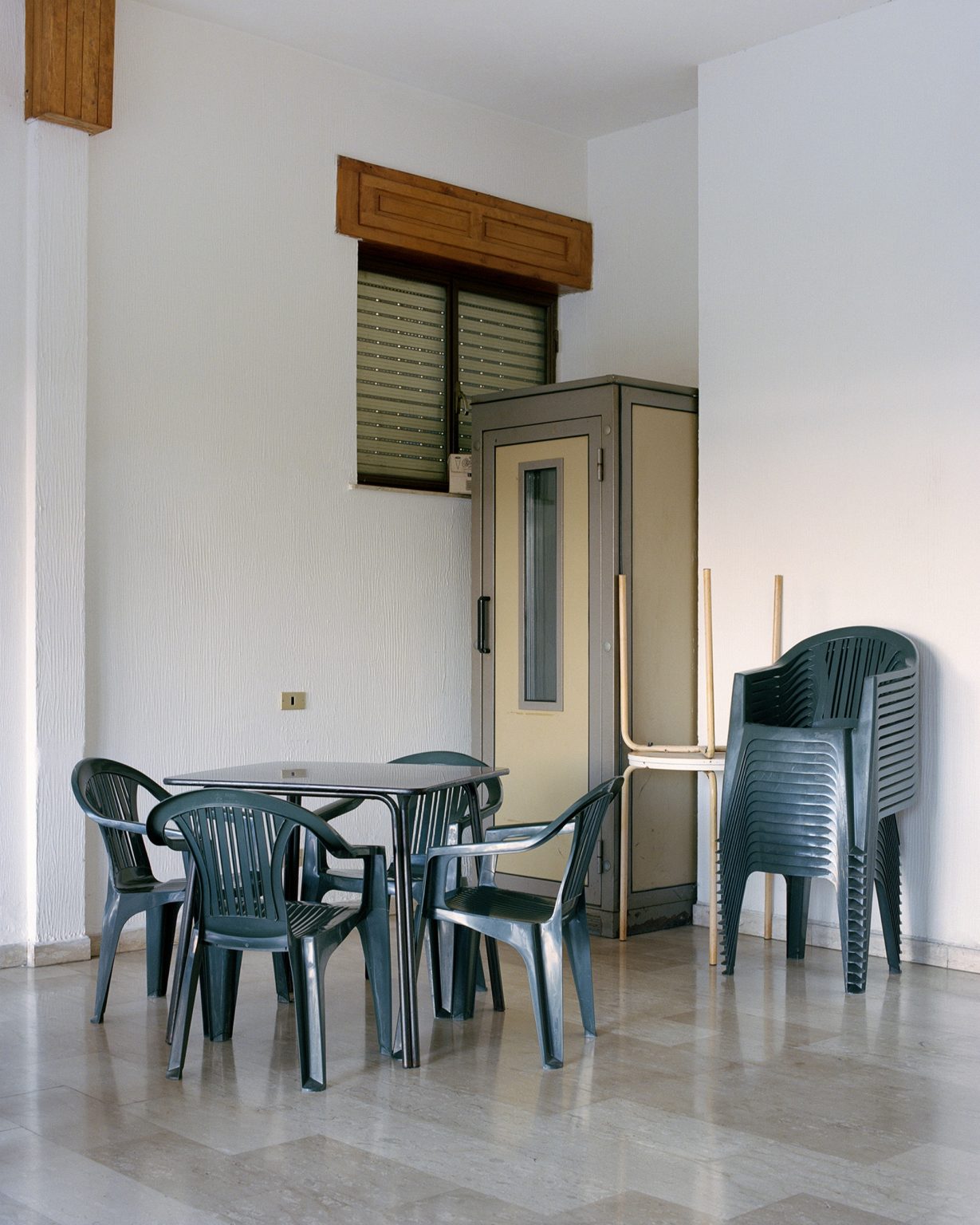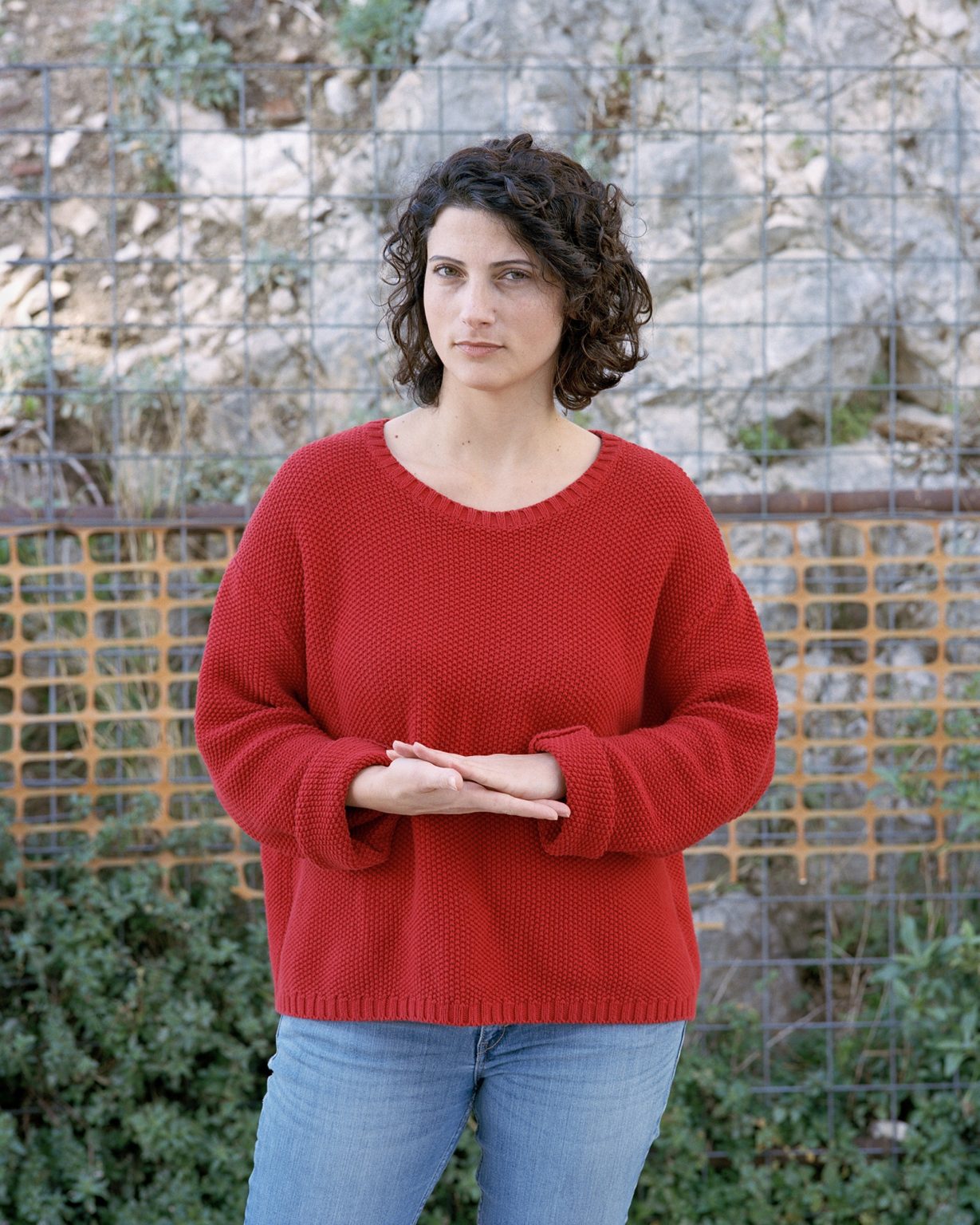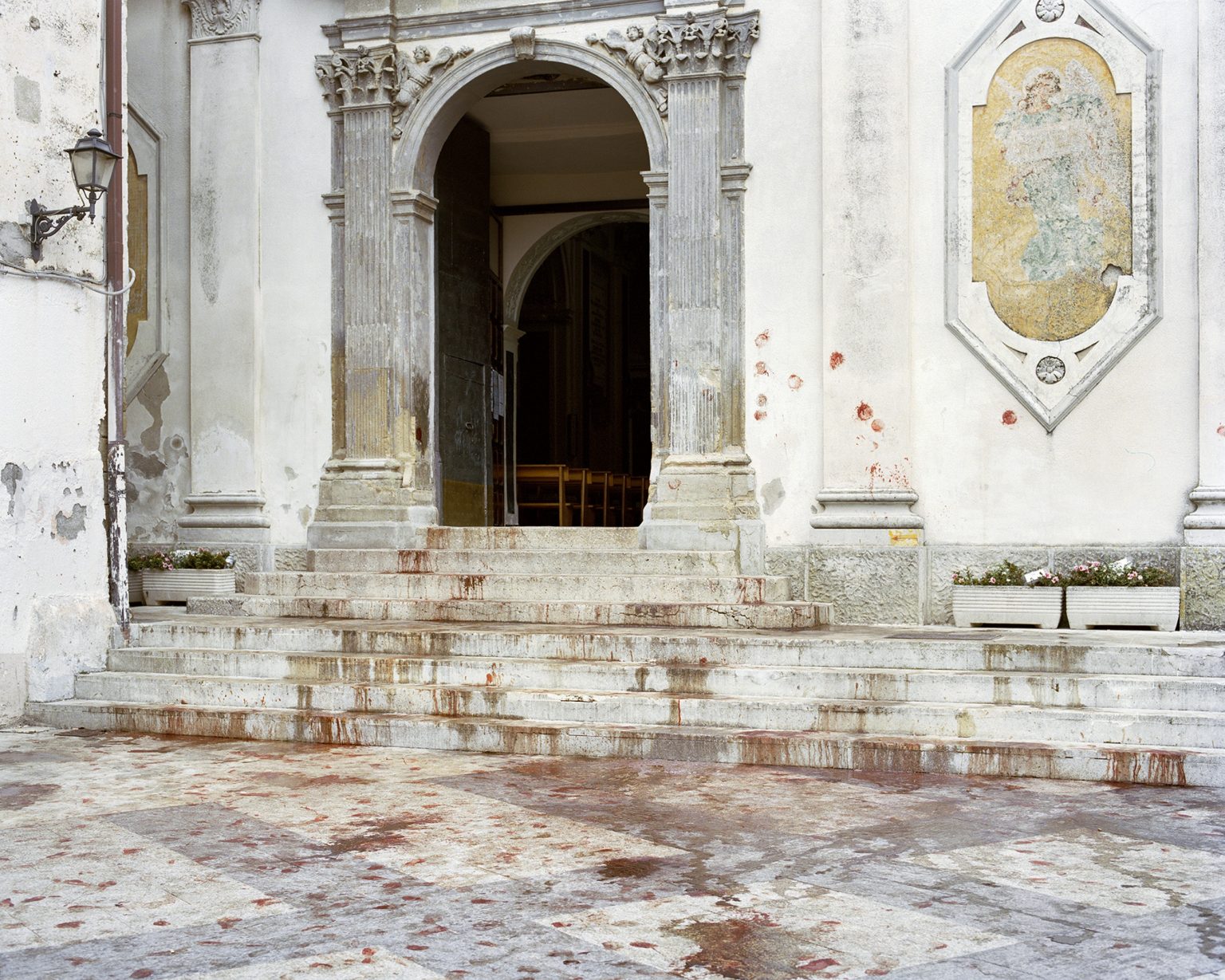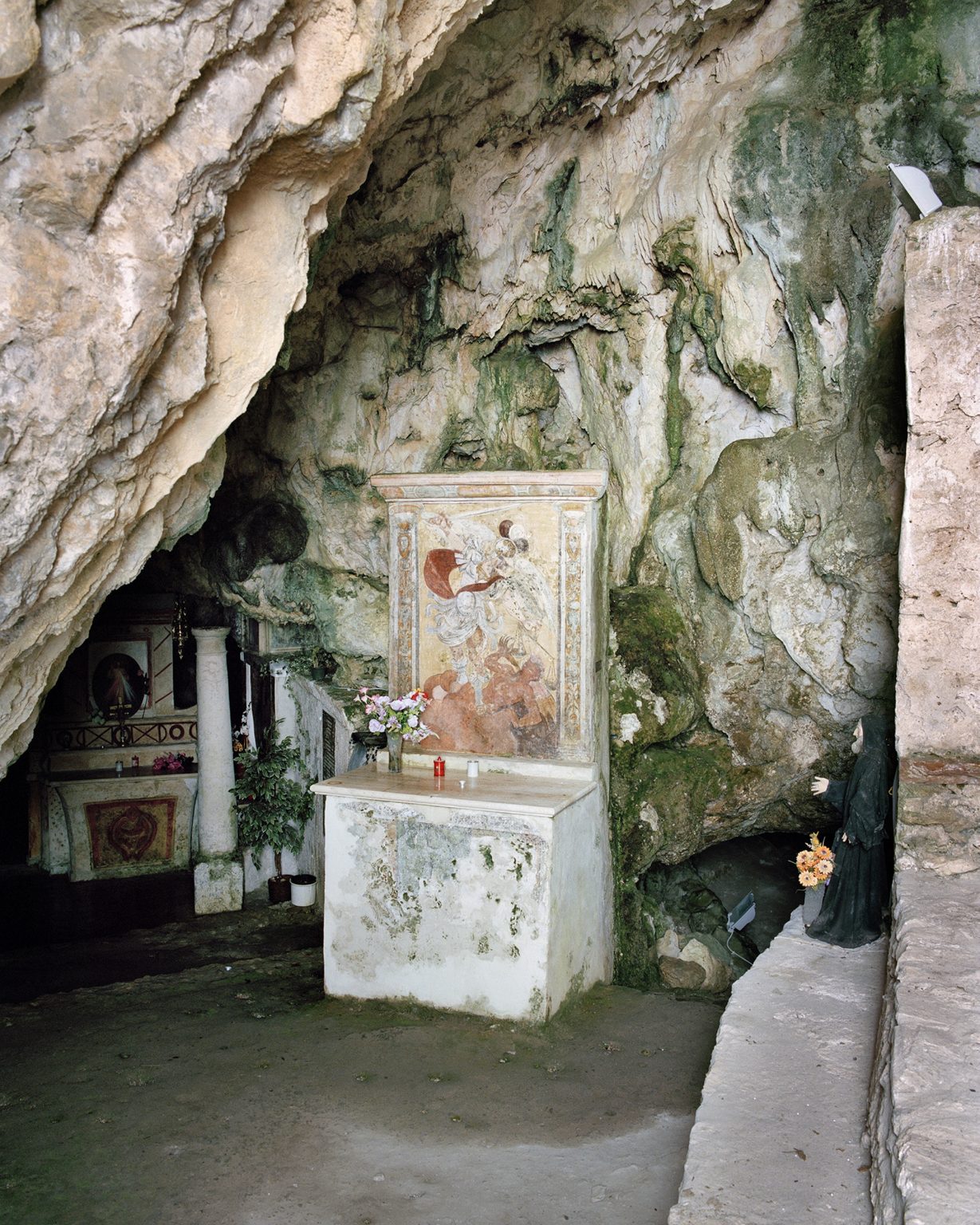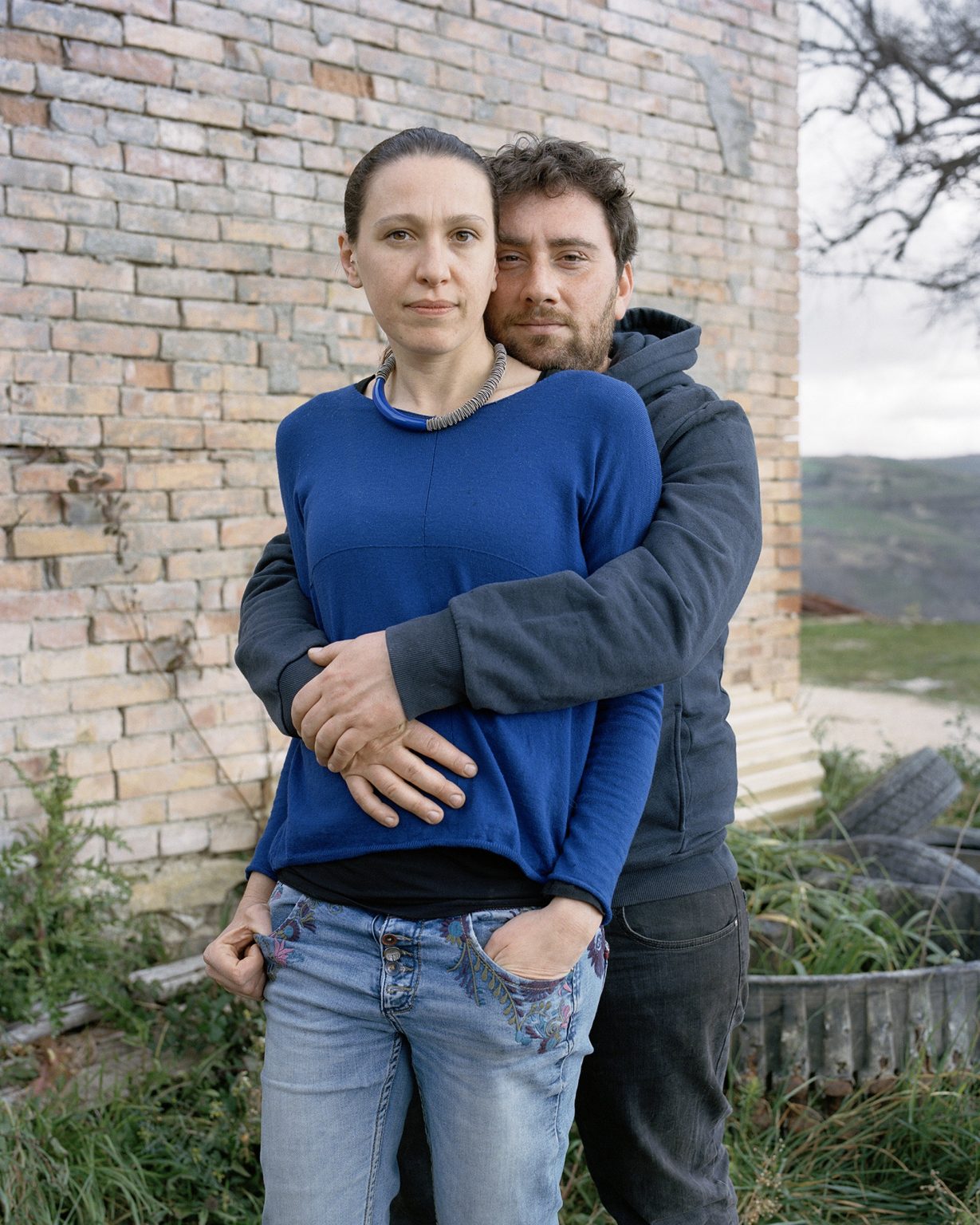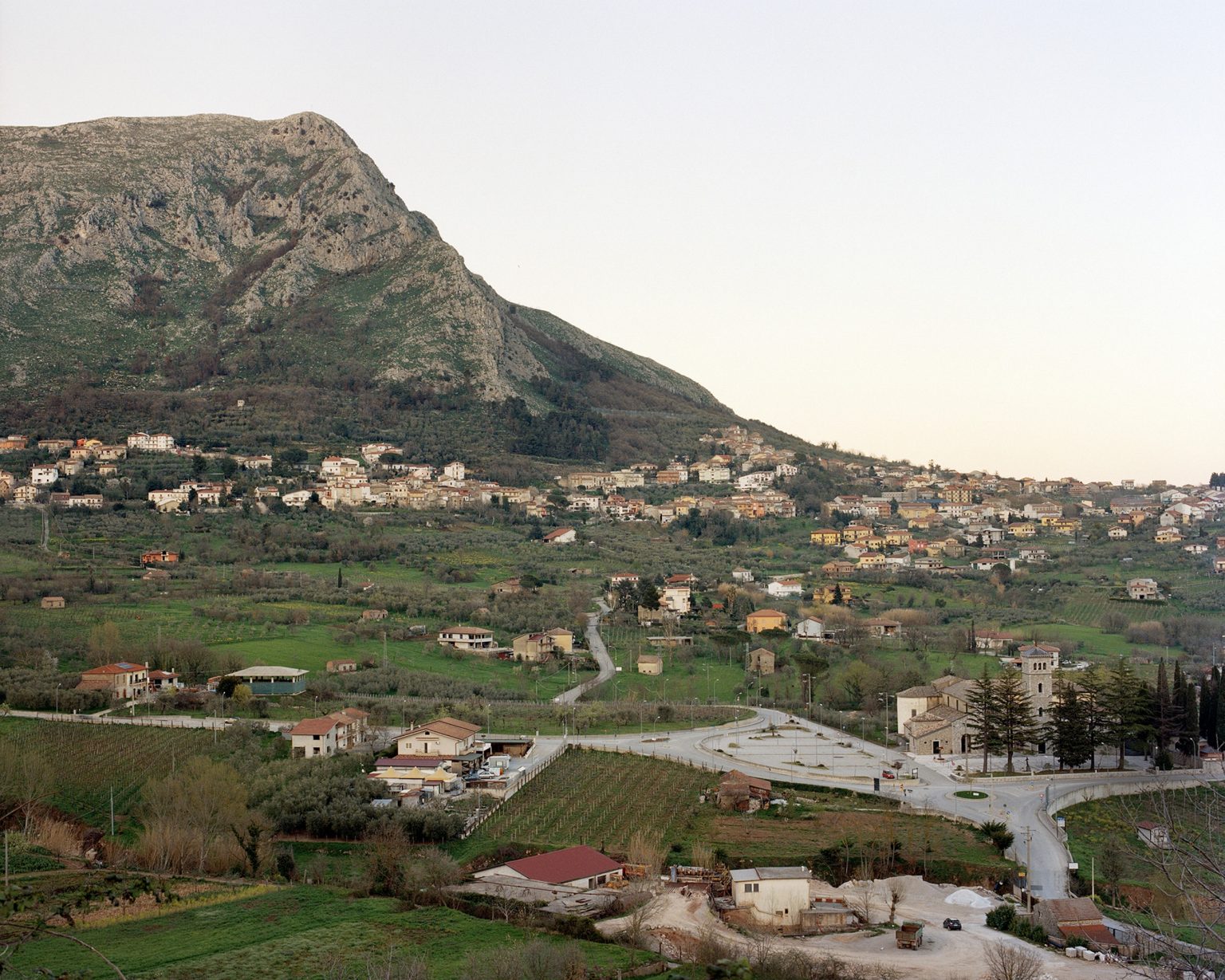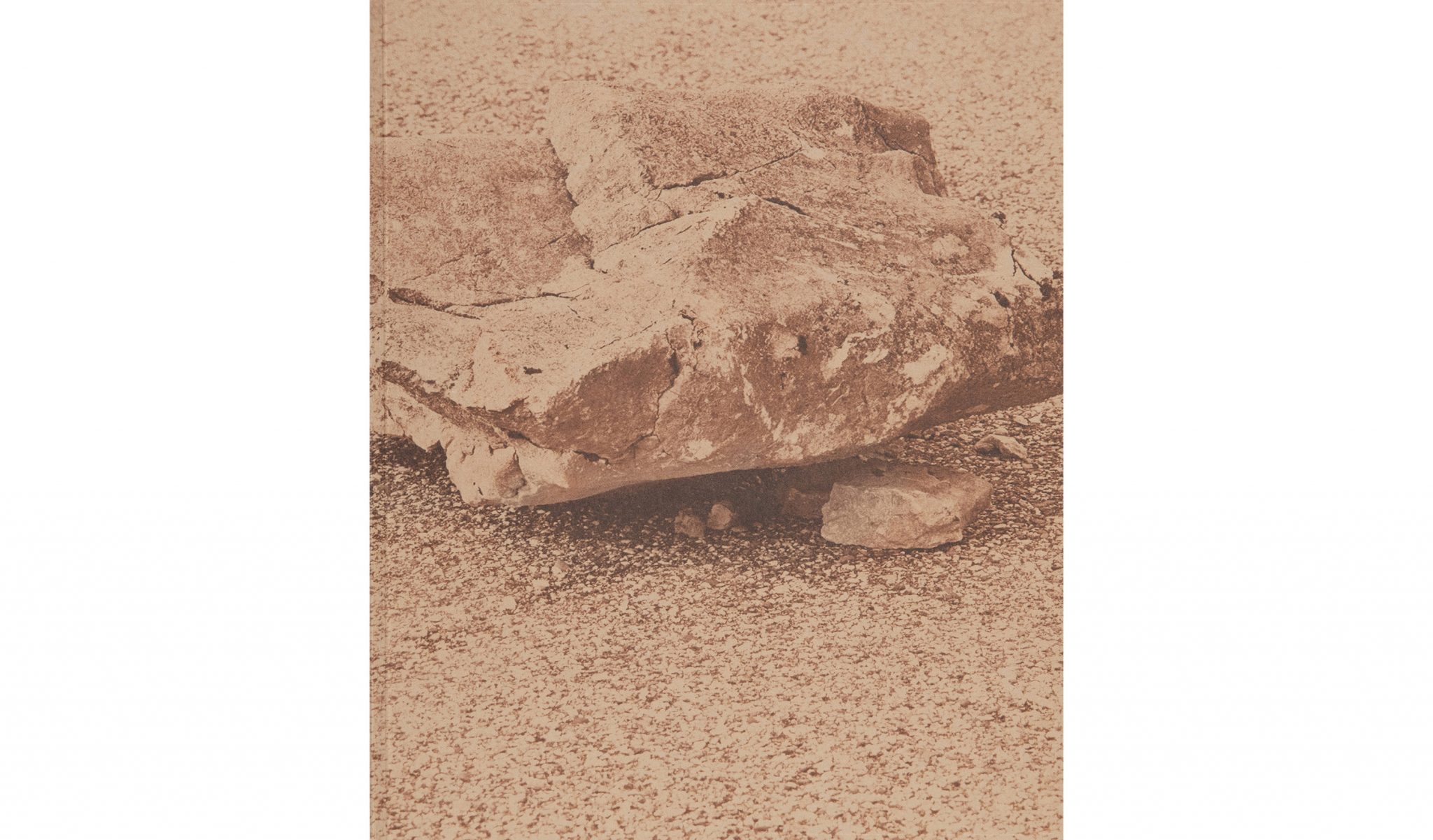Apennines passage
“I visit villages to understand how they are doing. But even prior to that, I visit them to understand where they are located: on a mountain or a plateau, in a valley or in the plain. Villages speak, as everything does, and they speak primarily through geography. They are land to be read – even though they lost many words – and to be written about.”- Franco Arminio. Varco Appennino (Apennines passage) is an exploration of the inner areas of the Italian Southern Apennines, those hidden, remote, away from the clichés and chronicles that often characterize this part of the country. The work is a dialogue with the “Apennine Vocabulary” of the Irpinian poet and writer Franco Arminio, it develops from the often repeated phrase addressed to me too many times by the inhabitants of the small villages I visited: “There is nothing here! Why do you come here? ” During my research, which began in 2016 and ended in March 2020, I traveled through the mountain ranges that from Calabria cross Basilicata, Campania and Molise, up to the border with Abruzzo. I worked on the complexity and contradictions contained in this sentence, in this often rich and fertile “nothing”, from a historical and present point of view. A nothingness made of landscapes and history, of gestures and intimacy, of inhabited countryside and slowness, of unfinished buildings as melancholic memories of failed dreams. The work is constructed through an alternation of suspended landscapes, timeless but equally impressive, and by a series of portraits of those who still live in those territories and populate them because they never left or because they returned, them: solid and present. The interiors of the houses, intimate and silent, are added to the landscapes and portraits, together with small marginal landscapes. After many years dedicated to documenting the collective rites and the great sacred and profane manifestations of contemporary devotion for the book “Hotel Immagine”, I needed to return to the banality of everyday life, made of apparent simplicity and continuity with nature.

